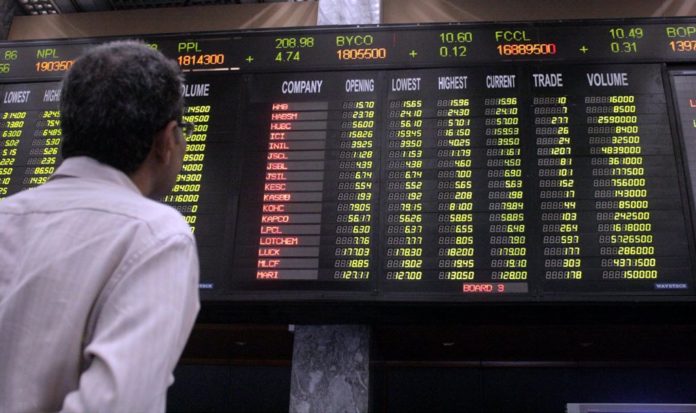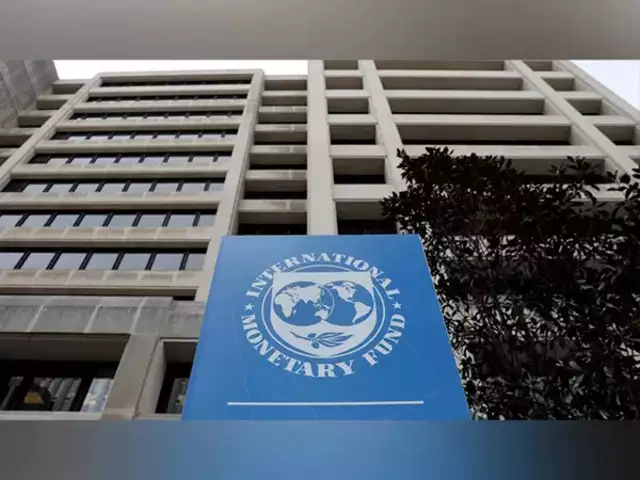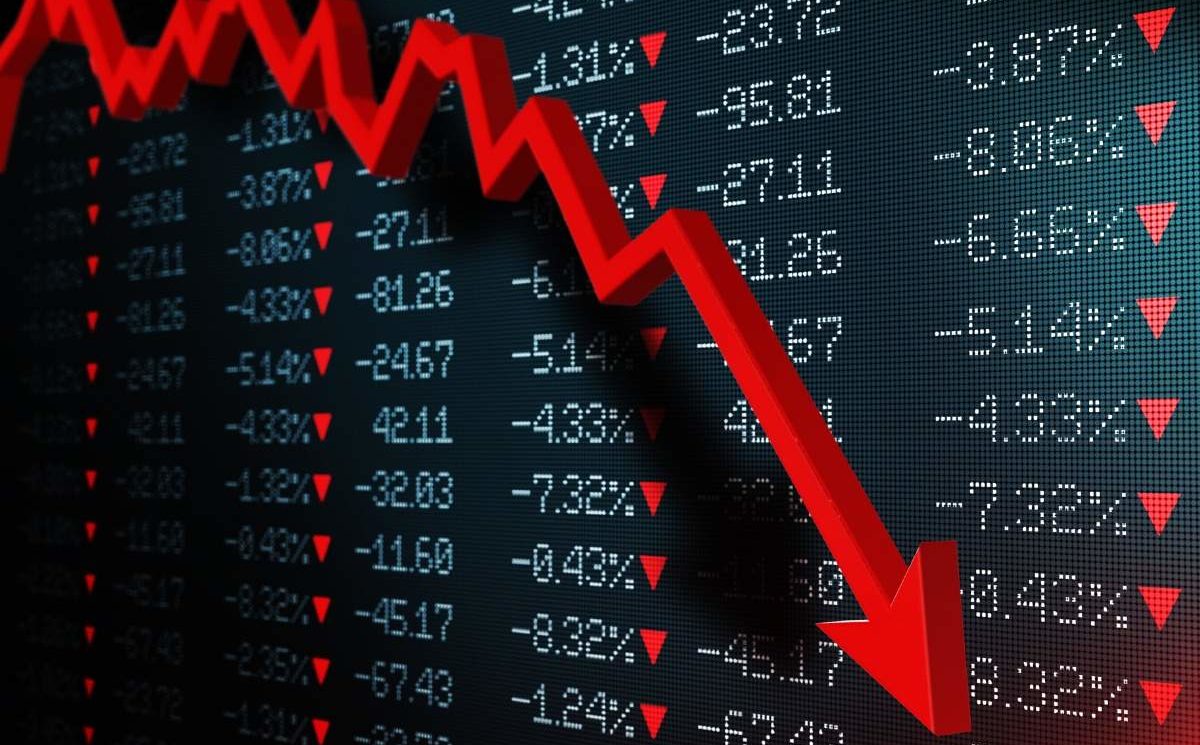PTBP Web Desk
The Pakistan Stock Exchange (PSX) experienced a turbulent session on Wednesday, with the KSE-100 Index swinging both upward and downward before closing flat. Investor sentiment remained mixed, driven by local economic signals, global monetary policy expectations, and currency stability.
Trading began on a positive note as the KSE-100 Index climbed to an intra-day high of 157,196.58 points. However, the optimism faded as profit-taking dominated during the afternoon session, pushing the index down to an intra-day low of 155,960.35 points.
At the close of trading, the benchmark index settled at 156,177.81 points, reflecting a marginal decline of just 3.13 points. The flat close underscored the market’s cautious stance as investors awaited further clarity on the country’s economic stability and external developments.
Amid speculation about Pakistan’s debt outlook, the Ministry of Finance reiterated in a statement that the country’s debt trajectory is now more sustainable than suggested by headline rupee figures. The ministry highlighted several positive factors:
- Improvement in the debt-to-GDP ratio
- Early repayment of loans
- Reduced interest costs
- Stronger external account position
Officials maintained that these indicators show Pakistan’s economy is stabilizing, despite challenges posed by recent flood damages and global uncertainty.
Investor activity was also influenced by the State Bank of Pakistan’s (SBP) earlier assurance regarding the resilience of Pakistan’s economy. Despite devastation caused by floods in Eastern Punjab, the SBP emphasized strong financial sector fundamentals and external inflows.
This optimism had helped extend the PSX’s winning streak on Tuesday. However, Wednesday’s session reflected a balancing act between bullish and cautious investors.
For more context on the State Bank’s policies, you can visit the official SBP website.
The PSX’s cautious close aligned with trends in global markets, where investors closely tracked central bank decisions.
- In Asia, the MSCI’s broadest index of Asia-Pacific shares outside Japan slipped 0.2%.
- Japan’s Nikkei index declined by 0.1% following a record close on Tuesday.
- In Europe, Euro Stoxx 50 futures rose 0.35%, while German DAX futures gained 0.4% and FTSE futures added 0.2%.
- In the United States, S&P 500 e-mini futures edged up 0.1% after Wall Street’s lower closing.
The spotlight remained on the US Federal Reserve, which is widely expected to cut interest rates by 25 basis points, bringing the federal funds rate down to the 4.00%-4.25% range.
Beyond the rate cut, investors awaited Fed Chair Jerome Powell’s remarks for signals on the extent of future monetary easing.
Meanwhile, the Bank of Canada was also expected to announce a rate cut in response to a weakening labor market and trade frictions, adding to the global trend of monetary easing.
The Pakistani rupee continued to strengthen marginally against the US dollar, adding a positive note to Wednesday’s financial landscape. By market close, the rupee settled at 281.50, recording a slight appreciation of Re0.01 in the inter-bank market.
The rupee’s resilience has been linked to controlled demand for imports, stable remittance inflows, and ongoing reforms under the government’s economic stabilization plan.
For updates on the rupee and currency trends, you can refer to Business Recorder’s forex coverage.
Looking ahead, analysts expect the PSX to remain sensitive to global monetary decisions, particularly from the Federal Reserve and the Bank of Canada. Locally, investors will closely monitor government policy announcements, corporate earnings, and foreign investment inflows.
While the Ministry of Finance remains optimistic about debt sustainability, market participants continue to weigh challenges such as inflation, political uncertainty, and external financing needs.
The combination of improving debt indicators, stable currency performance, and global monetary easing may provide a foundation for gradual market recovery in the coming weeks.




